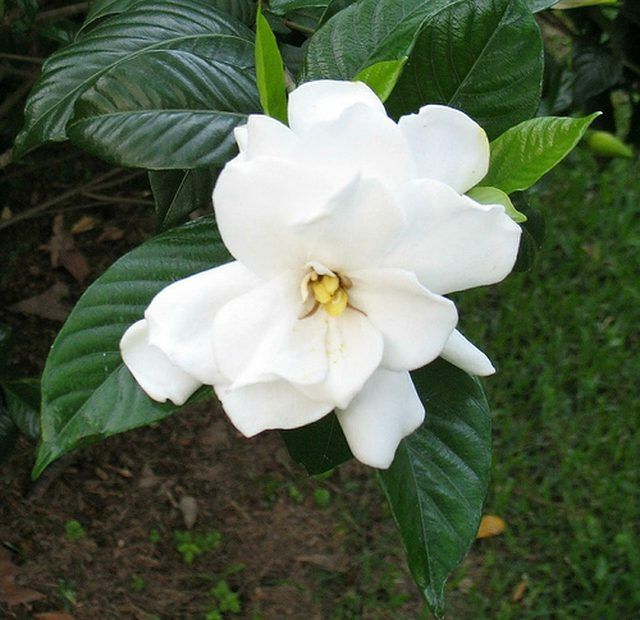Bulbs
Flower Basics
Flower Beds & Specialty Gardens
Flower Garden
Garden Furniture
Garden Gnomes
Garden Seeds
Garden Sheds
Garden Statues
Garden Tools & Supplies
Gardening Basics
Green & Organic
Groundcovers & Vines
Growing Annuals
Growing Basil
Growing Beans
Growing Berries
Growing Blueberries
Growing Cactus
Growing Corn
Growing Cotton
Growing Edibles
Growing Flowers
Growing Garlic
Growing Grapes
Growing Grass
Growing Herbs
Growing Jasmine
Growing Mint
Growing Mushrooms
Orchids
Growing Peanuts
Growing Perennials
Growing Plants
Growing Rosemary
Growing Roses
Growing Strawberries
Growing Sunflowers
Growing Thyme
Growing Tomatoes
Growing Tulips
Growing Vegetables
Herb Basics
Herb Garden
Indoor Growing
Landscaping Basics
Landscaping Patios
Landscaping Plants
Landscaping Shrubs
Landscaping Trees
Landscaping Walks & Pathways
Lawn Basics
Lawn Maintenance
Lawn Mowers
Lawn Ornaments
Lawn Planting
Lawn Tools
Outdoor Growing
Overall Landscape Planning
Pests, Weeds & Problems
Plant Basics
Rock Garden
Rose Garden
Shrubs
Soil
Specialty Gardens
Trees
Vegetable Garden
Yard Maintenance
How to Plant and Care for a Gardenia Bush
How to Plant and Care for a Gardenia Bush. Gardenias are hardy shrubs that are commonly grown in the southwestern United States. They yield white silky flowers that produce a strong and heady fragrance, resulting in the nickname "cape jasmine." Gardenias can grow almost anywhere, as they can survive harsh winter temperatures and freezing. However,...

Gardenias are hardy shrubs that are commonly grown in the southwestern United States. They yield white silky flowers that produce a strong and heady fragrance, resulting in the nickname "cape jasmine." Gardenias can grow almost anywhere, as they can survive harsh winter temperatures and freezing. However, they thrive and produce more flowers in warmer climates.
Things You'll Need
Organic compost
Shovel
Soaker hose
Acidic fertilizer
Mulch
Pruning shears
Plant gardenia bushes during the early summer so that they can become established before winter. Ensure that they receive between six and eight hours of direct sunlight each day. Mix organic compost with the soil prior to planting to increase drainage, and add nutrients to the soil.
Use a shovel to dig a hole of equal depth and about twice as wide as the root ball. Place the root ball directly into the hole, and then gently pack the soil back into the opening. Water the gardenia bush thoroughly to compact the soil around the roots.
Water gardenia bushes during the summer once every two to three weeks. Use a soaker hose to slowly release a large amount of water around the plant. Keep the soil moist at all times, but do not allow any standing water.
Use a highly acidic fertilizer to feed the plants. Azalea and camellia fertilizers are recommended. Fertilize once weekly beginning in early spring until late summer. Follow the manufacturer's directions for proper dosage. Spread 2 to 3 inches of mulch directly around the gardenia bush to help retain moisture and protect from weeds.
Prune gardenia bushes in the late winter and early spring. Use pruning shears to cut away the old woody stems near the center of the bush to increase air circulation and allow sunlight into the inner portions of the plant.
Tips & Warnings
Gardenia bushes require high humidity to grow. If you live in an area with low humidity, use a spray bottle to lightly mist the foliage of the plant several times a week.
Cottonseed meal can be used to fertilize the gardenia bush if desired.
Gardenias naturally shed leaves during hot weather to conserve water and nutrients. The foliage will turn bright yellow before falling from the plant, and no special care is required when this occurs.